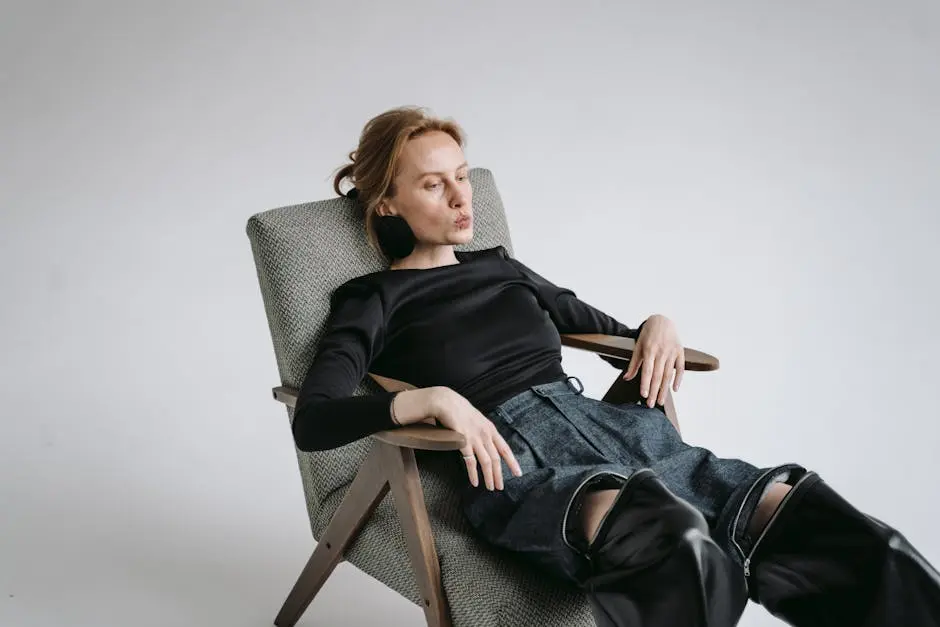Circulation issues can cause discomfort and lead to more severe health problems over time. One solution that is often suggested is the use of reclining armchairs. But can they really help improve circulation? In this FAQ, we explore how reclining chairs may benefit circulation, the mechanism behind it, and what to consider when choosing a chair for better blood flow.
How Reclining Armchairs Improve Circulation
Reclining armchairs elevate the legs, reducing pressure on the veins and promoting blood flow back to the heart. This position can help alleviate symptoms like swelling and fatigue in the legs.
When the legs are elevated higher than the heart, gravity aids venous return, facilitating better circulation and reducing the risk of blood pooling in the extremities. This can be particularly beneficial post-surgery or for individuals with chronic venous insufficiency.
By promoting venous return, these chairs can act as complementary aids in managing conditions like varicose veins. Incorporating a recliner into daily routines can lead to significant improvements in comfort for those who spend prolonged periods standing or sitting.
The gentle incline not only relieves pressure but also facilitates systemic blood flow for people experiencing circulation issues. Consistent use of reclining armchairs can, therefore, be a straightforward yet effective strategy to enhance leg circulation.
The Science Behind Elevation and Reclining
Gravity plays a crucial role in circulation. By reclining and elevating the legs, reclining armchairs help counteract the effects of gravity that can impede venous return, thus improving overall circulation.
Zero gravity recliners enhance this mechanism by positioning the body in a manner that mimics weightlessness, effectively distributing body weight and relieving pressure on the spine and other areas. This positioning dramatically improves blood flow and oxygen delivery throughout the body improve blood circulation.
Reclining also shifts the workload from the heart and other cardiovascular structures, providing much-needed relaxation to the circulatory system. Over time, this can reduce stress on arterial walls, potentially decreasing the likelihood of hypertension and related conditions.
The strategic design of many recliners ensures safe engagement of gravitational forces to assist natural blood flow – a balance that helps in managing symptoms of edema and other circulatory challenges. This positions recliners as an integral part of therapeutic practices aimed at boosting heart health.
Choosing the Right Reclining Armchair for Circulation
Consider factors such as the reclining mechanism, material, and adjustable features to ensure that the chair supports your specific circulation needs.
When evaluating options, look for chairs that offer multiple recline positions. Having the flexibility to adjust angles is crucial, as it allows users to find the most comfortable and beneficial positions for their individual circulation concerns.
Material quality also plays a role in comfort and longevity. Opt for plush, breathable fabrics that can enhance circulation by reducing pressure points. Some models even incorporate heat functions, which further promote circulation by relaxing muscle tension.
Before purchasing, test the recliner if possible. Ensuring ease of operation, particularly for those with limited mobility, is vital. Electric chairs that offer smooth transitions are often preferred for individuals seeking ease of use in daily routines.
Check additional features like lumbar support or massage functions that can significantly enhance the chair’s circulation benefits while providing full-body support and relaxation.
Are There Any Limitations or Considerations?
While reclining armchairs offer benefits, they should be used in conjunction with other treatments. Consult with a healthcare provider for personalized advice, especially if you have chronic circulation issues.
It is essential to maintain a balanced lifestyle where the benefits of a reclining chair are complemented by regular physical activity and a healthy diet. Exercise and hydration are fundamental in promoting circulation independently, without relying solely on aid from a chair.
Certain reclining positions may not suit everyone, especially those recovering from specific surgeries or with severe circulation challenges. Awareness of one’s limitations and adjustments in usage under medical guidance ensure safety and health benefits.
Recliner chairs should not replace essential medical equipment or advice provided by healthcare professionals. They act as valuable partners in circulation health but need to be integrated carefully within broader health management plans.
Final Thoughts on Reclining Armchairs and Circulation
Reclining armchairs can indeed play a supportive role in managing circulation issues. By elevating the legs and enabling multiple recline positions, these chairs can assist in promoting better blood flow and reducing discomfort. However, they should be considered as part of a holistic approach to health that includes proper exercise, diet, and medical advice. Selecting the right chair tailored to your needs is crucial in maximizing these benefits.

















